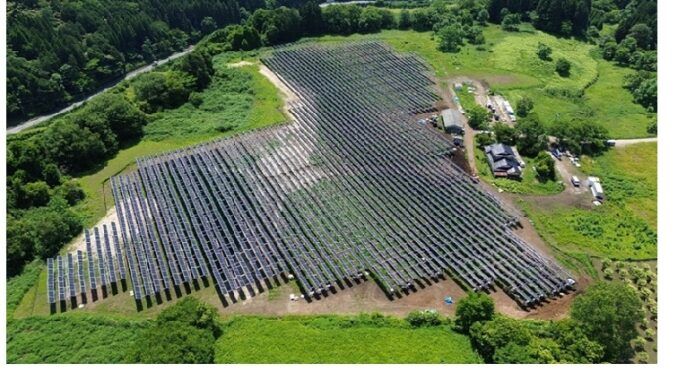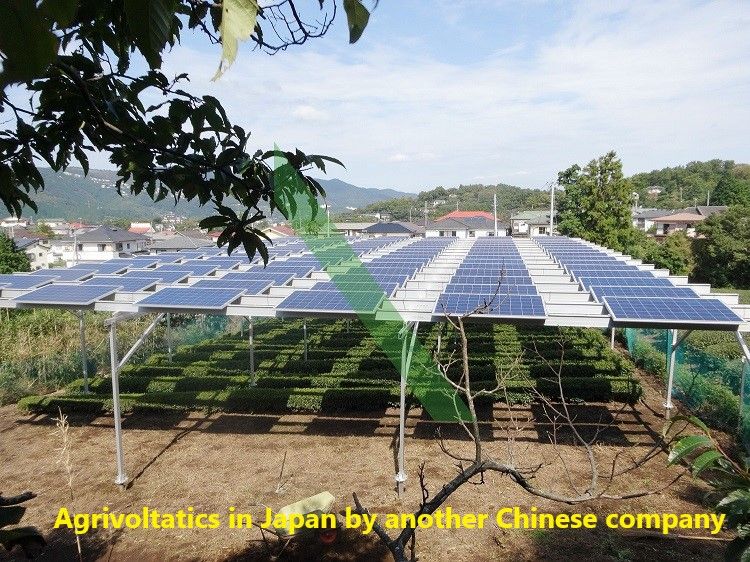
KYOTO, Japan, Aug. 26, 2024 — Trina Solar Co Ltd, a Chinese photovoltaics company founded in 1997, announced the commercial operation of its latest agrivoltaics project, located in Fukuchiyama, Kyoto Prefecture, Japan. The project is will generate 2,700 MWh of clean energy annually, reducing carbon dioxide emissions by approximately 1,760 tons each year.
Macau Business Media reports that this solar initiative represents a significant milestone for the Chinese company’s operations in the Japanese market, demonstrating the potential of agrivoltaics to harmonize renewable energy production with agricultural activities.
What is agrivoltaics?
The project is a prime example of agrivoltaics, where agricultural land is used for both crop production and solar energy generation. In this way, agrivoltaics increases land-use efficiency and enables the expansion of solar energy production while preserving arable land for agriculture.
In this case, the solar farm supports the cultivation of Japanese yam, also known as ebi-imo, a crop native to the region. With its low light saturation point, Japanese yam thrives beneath the shade of the solar module. In addition, it depends heavily on soil moisture, and is typically grown in paddy fields. The shade provided by the modules reduces soil moisture evaporation, ensuring the crops have sufficient water for growth.
The solar panel modules are mounted at a minimum height of 2.35 meters above the ground, with rows spaced to allow the use of agricultural machinery like tractors and rotary tillers. This design ensures that agricultural operations can continue seamlessly beneath the modules, fostering sustainable land use and contributing to the local economy.
Research shows benefits in the solar sharing system, agrivoltaics.
- The shading protects crops from sunlight and hot temperatures.
- The crops underneath creates temperature conditions ideal for solar panel performance.
- Combine solar with farmland is land scarcity solution
Farmers in Japan can generate solar electricity while growing crops on the same farmland. In April of 2013, the Ministry of Agriculture, Forestry and Fisheries (MAFF) approved the installation of PV systems on existing crop-producing farmland. Previously solar generation on farmland, productive or idle, was prohibited under the Agricultural Land Act.
Japan seeks to achieve carbon neutrality by 2050, and the Japan Photovoltaic Energy Association (JPEA) has projected that one-quarter of the country’s solar power generation will come from existing agricultural land. The Chinese Kyoto agrivoltaics project is a testament to the viability of the agrivoltaic approach, demonstrating how renewable energy can be integrated with other critical industries, such as agriculture, in the pursuit of a net-zero future.
As agrivoltaics gains momentum worldwide, this project serves as a valuable demonstration of sustainable land use practices, offering insights for future developments in the field and paving the way for a sustainable future.

Source: Macau Business Media, August 26, 2024. https://www.macaubusiness.com/trinasolar-unveils-agrivoltaics-project-in-japan-driving-renewable-energy-and-agriculture-synergy/